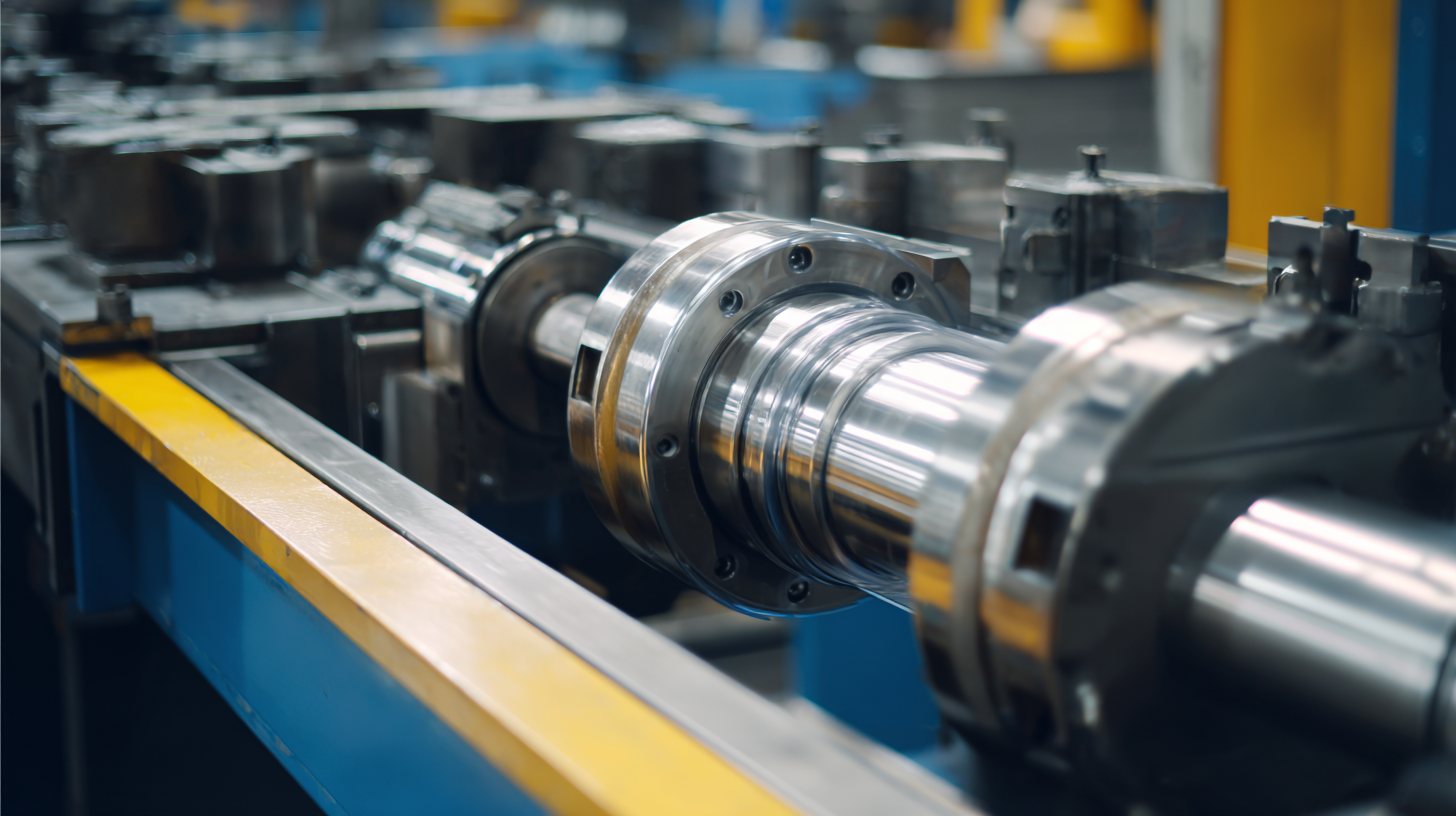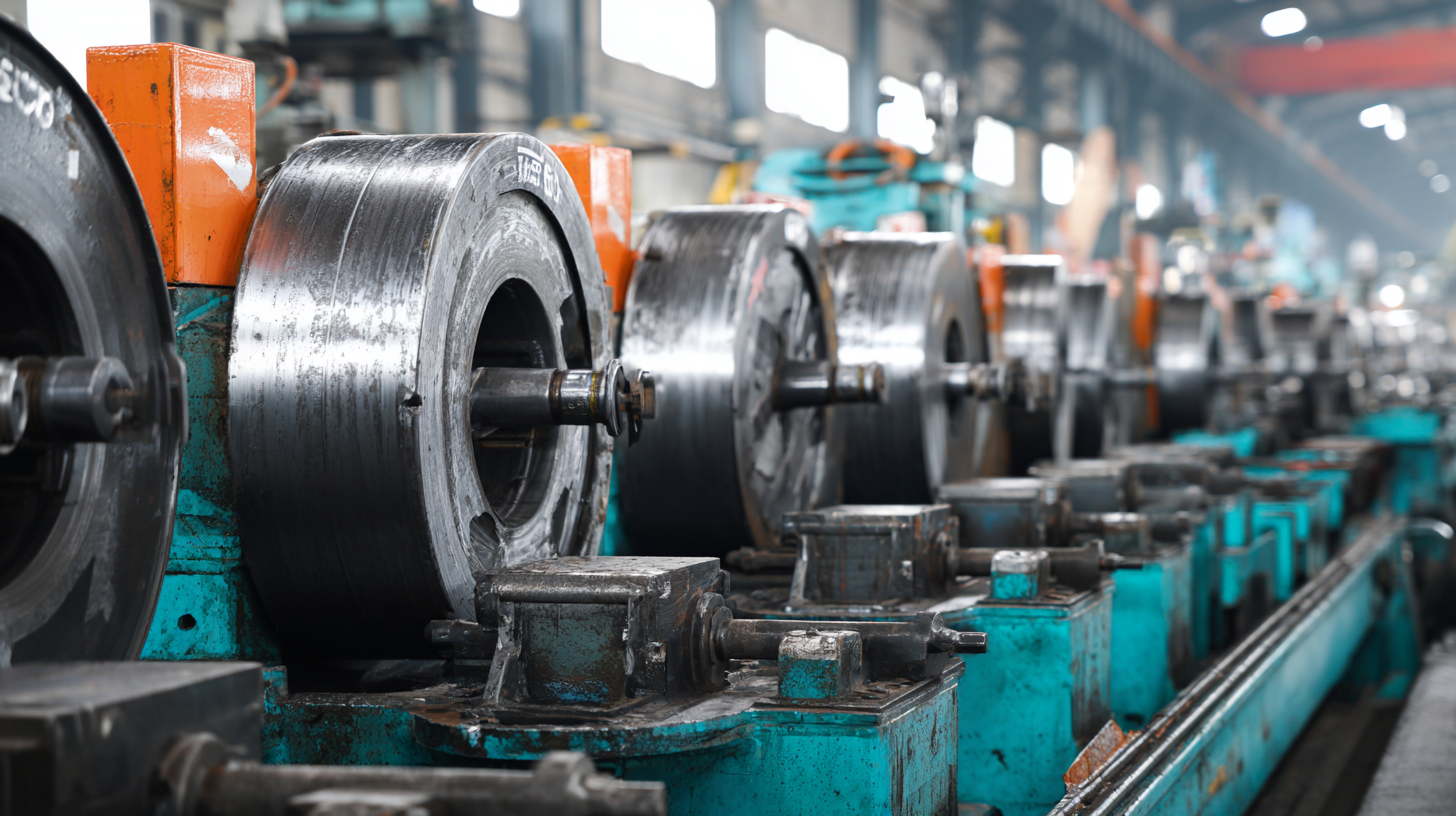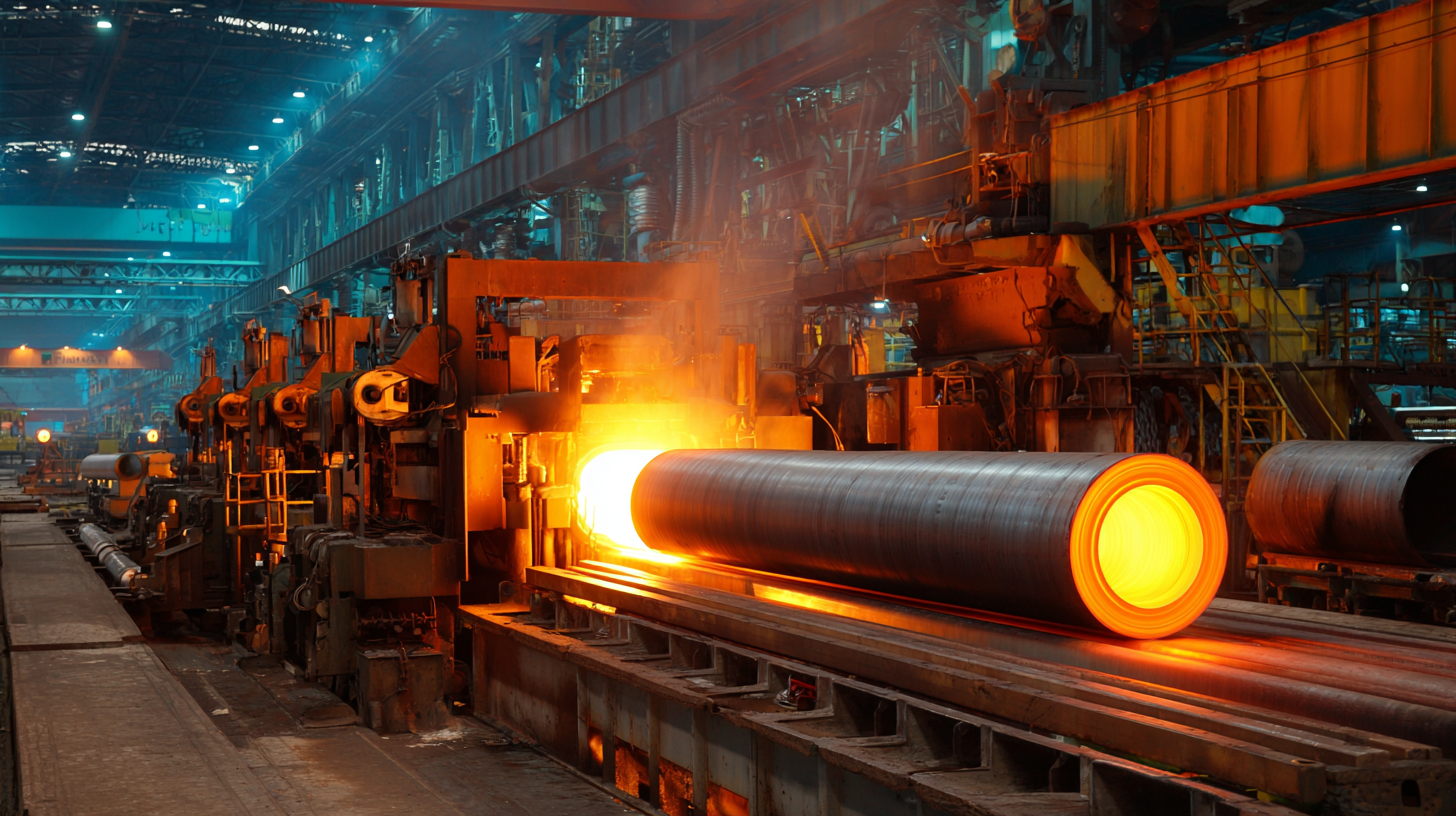
In the rapidly evolving landscape of manufacturing, the importance of selecting the right Tube Mill Pipe Making Machine cannot be overstated. According to a report by MarketsandMarkets, the global pipe and tube market is expected to reach USD 203.8 billion by 2026, growing at a CAGR of 6.5% from 2021. This significant growth underscores the need for industry stakeholders to invest in advanced machinery that enhances efficiency, productivity, and quality.

As the demand for high-performance pipes escalates across various sectors, including construction, automotive, and aerospace, understanding the critical factors in selecting an optimal tube mill becomes crucial. This guide aims to equip procurement professionals with essential strategies and insights to navigate the complexities of the tube and pipe manufacturing landscape, ensuring that they make informed decisions aligned with global market trends and technological advancements.
When considering the global procurement of tube mill pipe making machines, it's crucial for buyers to understand the fundamental aspects of these machines. Tube mills are essential for producing various types of pipes used across industries such as construction, automotive, and energy. According to a recent report by Market Research Future, the global tube mill market is expected to reach USD 2.1 billion by 2025, growing at a CAGR of 5.3%. This growth signals robust demand for efficient and high-quality manufacturing solutions.

In selecting the right machine, buyers should evaluate factors like production capacity, material compatibility, and technological features. Advanced tube mill machines can seamlessly handle various materials, including stainless steel and aluminum, ensuring versatility in pipe production. In fact, data from Industry Research indicates that the demand for stainless steel pipes alone is projected to exceed 30 million tons globally by 2024, highlighting the need for manufacturers to invest in high-performance machines that can meet evolving industry standards. Understanding these key characteristics will empower global buyers to make informed decisions for their procurement strategies.
When selecting a tube mill pipe making machine, it's crucial to focus on key features that directly impact production efficiency and product quality. One of the essential features to consider is the machine's customization capability. A versatile machine that can adjust to various pipe sizes and shapes allows businesses to cater to diverse market demands without investing in multiple pieces of equipment. Look for machines equipped with advanced automation technology, enabling seamless operation and reduced manual intervention, which ultimately enhances productivity and lowers operational costs.
Another important aspect is the quality of the materials used in the machine's construction. High-quality components not only ensure durability but also translate into consistent performance over time. Additionally, consider features such as precision control systems and user-friendly interfaces. These elements facilitate better monitoring of the manufacturing process and improve overall efficiency. Investing in a machine that embodies these top features may result in significant long-term benefits for businesses engaged in tube and pipe production, ensuring they remain competitive in the global market.
When evaluating the best brands and models in tube mill technology, it's crucial to understand the industry's competitive landscape. According to a recent report by Markets and Markets, the global tube and pipe market is expected to reach USD 179.72 billion by 2025, growing at a CAGR of 4.2%. This growth is driven by increasing demand in various sectors, including construction and automotive.
Leading manufacturers such as Lincoln Electric, Schuler Group, and Nakata are known for their high-quality tube mill pipe making machines, featuring advanced automation and precision engineering.
Moreover, when selecting a tube mill machine, potential buyers should consider factors such as the range of materials it can process and the machine's operational efficiency. For instance, the latest models incorporate Industry 4.0 technologies, allowing for better real-time data collection and machine diagnostics. According to a survey by the Tube & Pipe Journal, 75% of industry professionals prioritize automation capabilities when choosing a machine. Brands that excel in these areas not only improve productivity but also enhance the end product's quality, making them a preferred choice for global procurement.
When it comes to procuring a tube mill pipe making machine, understanding cost considerations is crucial for ensuring a streamlined budgeting process. First, potential buyers should conduct thorough market research to evaluate the average price range of these machines based on their specifications and capabilities. Prices can vary significantly depending on features such as automation levels, production capacity, and the materials used in their construction. Establishing a well-defined budget will help in narrowing down options that meet both performance needs and financial constraints.
Additionally, buyers should factor in not just the initial purchase price but also the long-term costs associated with machine maintenance, operational energy consumption, and potential training for personnel. Investing in a machine with a higher upfront cost might pay off in terms of durability and efficiency, thus reducing overall expenditures in the long run. Furthermore, considering the availability of spare parts and after-sales service is vital, as these factors can greatly affect operational costs. By taking a comprehensive approach to budgeting, businesses can make informed decisions that align with their strategic goals in the competitive global market.
| Machine Model | Production Capacity (pipes/hour) | Material Compatibility | Energy Consumption (kW) | Estimated Cost (USD) | Lead Time (weeks) |
|---|---|---|---|---|---|
| Model A | 50 | Steel, Aluminum | 25 | 80,000 | 12 |
| Model B | 75 | Carbon Steel, PVC | 30 | 120,000 | 16 |
| Model C | 100 | Stainless Steel | 40 | 200,000 | 20 |
| Model D | 150 | Galvanized Steel | 50 | 300,000 | 24 |
In today's competitive manufacturing landscape, global sourcing strategies play a pivotal role in the procurement of tube mill pipe making machines. By leveraging international suppliers, businesses can access innovative technologies and enhance their production capabilities. To ensure efficient procurement, it is essential to evaluate potential suppliers based on their expertise, machine quality, and delivery timelines. Establishing strong relationships with manufacturers abroad can lead to significant cost savings while maintaining high operational standards.

Additionally, understanding the intricacies of global procurement is crucial. Factors such as shipping logistics, import regulations, and currency fluctuations can greatly impact the overall cost and delivery of machines. Implementing a thorough risk management strategy can mitigate potential disruptions, allowing for a smoother procurement process. Conducting extensive market research and using reliable sourcing platforms can help companies identify the best tube mill options tailored to their specific needs, ensuring a successful and efficient manufacturing operation.
